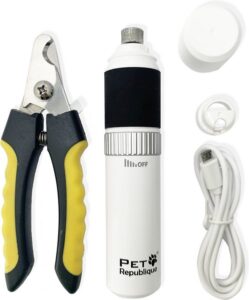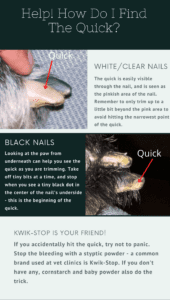Hello! Mason, again. Spring has officially sprung and just because I’m an indoor kitty that doesn’t mean I can’t enjoy it! When the timing is appropriate, my staff opens up a few windows for some much needed fresh air; I even have my own perch in my living quarters so I can stalk all of the prey that I will never catch.
So while April showers bring May flowers (which are awesome), they also bring with them potential hazards. What could possibly be considered dangerous about this season? Unfortunately, Mother Nature mixed with our ever-growing curiosity often result in concerned owners frantically calling GFAH and Poison Control. With the extraordinary number of different plant varieties out there, how do you know which ones are considered safe for pets?
Doing your homework prior to planting is very important. There are many reliable websites out there, but for every good one there are hundreds of others to avoid. Now let’s be clear; I am in no way, shape or form advising anyone to practice internet diagnostics. Google is no replacement for veterinary advice; however, it can serve as a guide in the right direction. Websites like www.aspca.com (Link for toxic and non-toxic plants) and www.veterinarypartner.com offer information about plant toxicity. ASPCA’s website can separate plants by species and shows toxic and non-toxic, though it only shows toxicity in dogs, cats & horses.
If you have an indoor/outdoor cat or a dog that goes out into the yard unsupervised at times, it is vital that you are well informed about all the plants in your yard. Have something in your garden that you didn’t plant? No clue what it is? Ask your local nursery for help identifying the plant, then check the websites mentioned above for toxicity information.
No matter what season it may be, the same rules apply to indoor plants or floral arrangements. Check with the nursery or florist for the name of the plant or flower (especially toxic are lily’s all varieties) then with ASPCA’s list of toxic plants. For the plants you do bring home, make sure to make the plant(s) inaccessible to your pets, regardless of the plant. Something considered non-toxic can still do a number on the tummy when ingested. If you want to have homegrown catnip or cat grass around, that stuff can be GREAT! Be careful though because we don’t know the difference between “bad plants” and “good plants”; to us they’re all great, at least until we don’t feel well!
Hope you are having a great start to spring so far! I’ll be taking my “Spring Break” pretty soon and I’m looking for ideas of where to go. Green exam room? Dental suite? Employee lounge! The possibilities are endless.
Til next meow,
Mason

